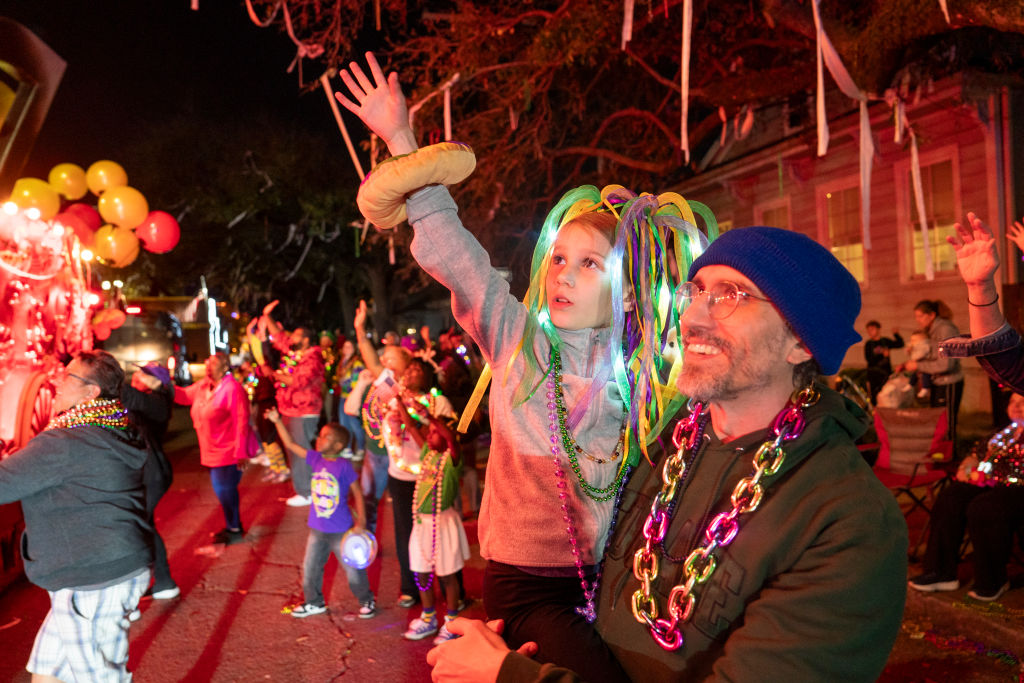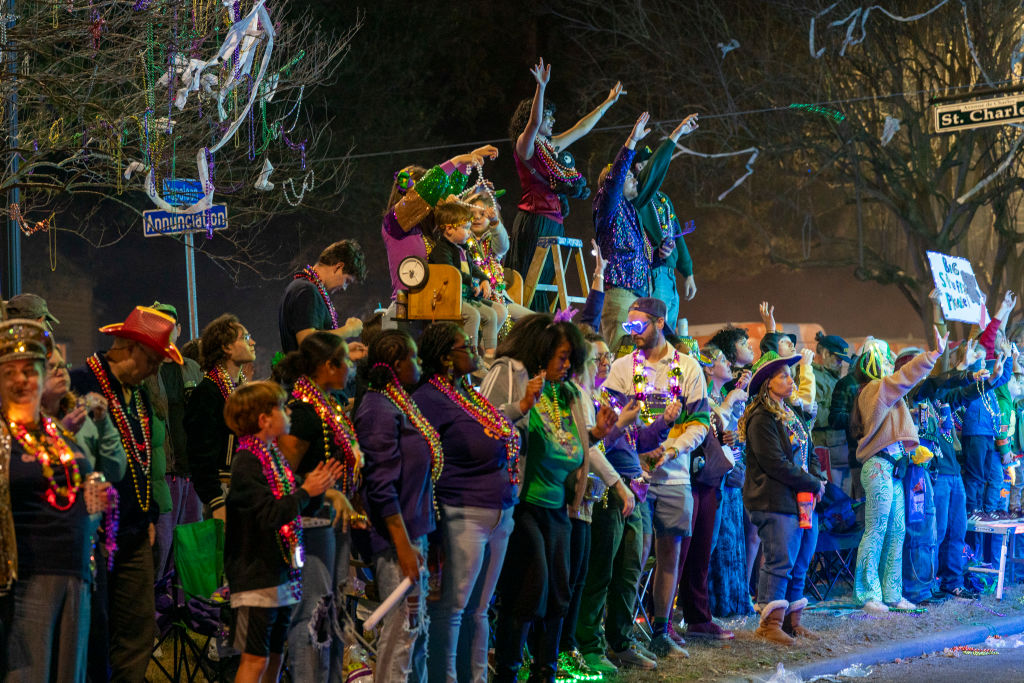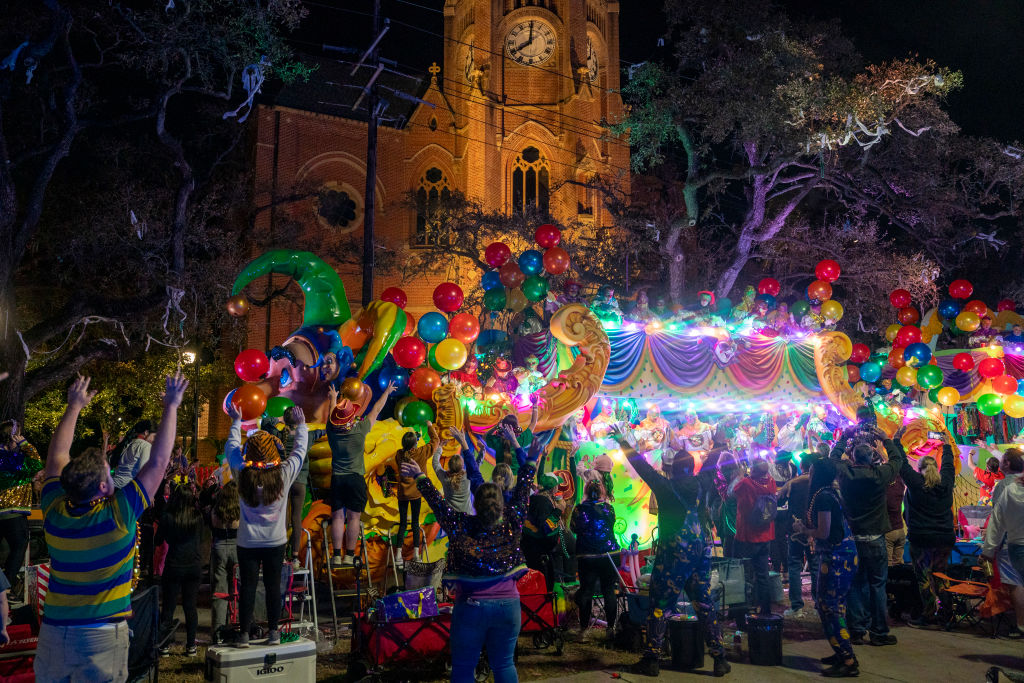The History Behind Mardi Gras: A Celebration of Tradition

Mardi Gras, known for its vibrant parades, colorful masks, and festive atmosphere, is more than just a party – it’s a celebration with deep historical roots.
This annual event has been bringing people together for centuries, blending culture, tradition, and community spirit.
What is Mardi Gras?

Mardi Gras, which means “Fat Tuesday” in French, marks the final day before Lent – a period of fasting and reflection leading up to Easter.
The celebration typically involves indulging in rich foods and festivities before the more solemn season begins.
The Origins of Mardi Gras

The origins of Mardi Gras date back to medieval Europe.
The tradition was brought to the United States by French explorers in the early 1700s.
The first recorded Mardi Gras celebration in America took place in 1703 in Mobile, Alabama – not New Orleans, as many people might assume.
Mardi Gras in New Orleans

New Orleans became synonymous with Mardi Gras in the 1800s.
The city’s first official parade was held in 1837, and the tradition has only grown since then.
Today, the parades feature elaborate floats, marching bands, and people tossing beads into the crowds – a custom that began in the late 19th century.
Symbolism and Traditions

Mardi Gras is filled with rich symbolism.
The official colors are purple (representing justice), green (symbolizing faith), and gold (standing for power).
Masks are another key part of the celebration, allowing people to let loose and enjoy the festivities anonymously.
Modern-Day Mardi Gras
While New Orleans hosts the most famous Mardi Gras celebration in the U.S., cities around the world mark the occasion with their own unique events.
Whether you’re catching beads on Bourbon Street or enjoying a local parade, Mardi Gras remains a celebration of life, culture, and community.



